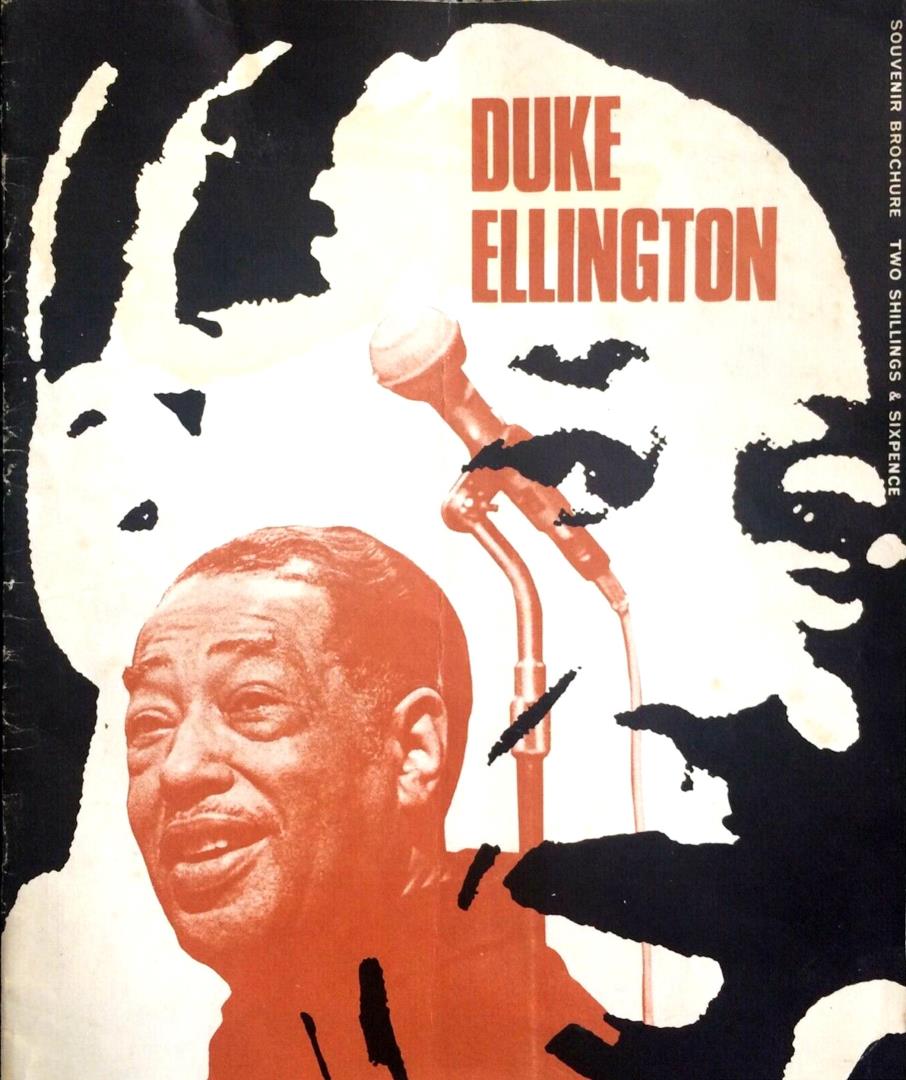A shivering Duke Ellington wrapped up warm when he found Dundee slightly colder than New Orleans back in February 1967.
He was so cold during the soundcheck in the Caird Hall that he performed wearing two cashmere sweaters and an overcoat before sending out for whisky!
He spoke to the Evening Telegraph while playing a few tunes with his band which still featured many of the players that joined it in the 1930s.
The enigmatic jazz titan was asked the secret to keeping warm in Scotland in winter?
“I’ve solved the problem,” he said.
“I wear these two cashmere sweaters wherever I go.
“Where it’s hot and where it’s cold. I keep myself insulated. And then a drop of whisky does no harm at all.
“Tell me, what’s the very special whisky you make around here?
“I’ve found when I go back home the only souvenir that stops my friends in their tracks is a bottle of whisky with a label they’ve never seen.”
The journalist gave the 67-year-old Duke a few suggestions.
He said he’d be looking into the matter and sent out for whisky before the gig.
Duke Ellington and his Orchestra performed at the Caird Hall on February 15 1967 during the UK leg of a European tour.
The heyday of the big band was over but Duke and his men still had very much to offer.
The concert opened with the orchestra’s signature tune Take the A Train and the Duke sparkled on the piano and worked hard to be the ingratiating host.
The individualistic sounds of the brilliant instrumentalists gathered together on stage were full of fire as they fed off the enthusiastic audience.
Ellington followed in the footsteps of Louis Armstrong who performed in Dundee in 1933 after being paid £40 to appear at the Palais dance hall.
Alan Steadman, jazz promoter and broadcaster, broke it down further.
“He was a late starter in jazz, first coming to notice around 1928,” he said.
“Louis Armstrong, for example, was reaching his absolute peak at that time.
“Duke’s first love was art and I like to think of him as jazz’s master painter, his orchestra being his palette and his musicians bringing the colour and tone to his music.
“He chose some of the best jazz musicians ever.
“Some who had joined him in the 1920s stayed for many years.
“Some joined, left and then re-joined.
“They included trumpet players Bubber Miley, Cat Anderson, Cootie Williams and Rex Stewart, all of whom had an array of ‘freaky’ tricks that contributed so much to his sound. Jimmy Blanton was the pre-eminent bass player of his time.
“Johnny Hodges whose alto sax had a smooth, flowing sound was one of the greatest sax players in the history of the music as was the tenor sax player Ben Webster.
“Harry Carney played baritone sax for Duke for 46 years and was his closest musician friend. His musicians could be prima donnas and in many cases led chaotic lives.
“Many marvelled at how great they were given such a seeming lack of discipline. Ellington was known to be a somewhat elusive character who kept aloof from his band.
“Although all his line-ups were first rate, his band of the early 1940s is regarded as his best.
“But like many other big bands, his, too, fell into the doldrums when the swing era ended and bebop jazz emerged.”
Triumph and tragedy
Until, that was, a historic gig at the Newport Jazz festival at Freebody Park on Rhode Island on July 7 1956.
Tenor saxophonist Paul Gonsalves blew 27 consecutive improvised choruses during the bandleader’s composition Diminuendo and Crescendo in Blue.
Ellington’s faltering reputation was rejuvenated overnight.
Alan said: “In the 1960s the Duke Ellington Orchestra toured the world taking in the UK, Europe, Africa and the Far East.
“1967, the year in which he played the Caird Hall in Dundee, was to be a watershed for him as a few months after his appearance there, his musical collaborator Billy Strayhorn died.
“So close were they musically that he is often referred to as Ellington’s alter ego.
“Strayhorn was classically trained but was bowled over by the sound of the Ellington Orchestra and went on to share the burden of composing and arranging for 25 years.
“He wrote Take the A Train, one of the Duke’s most famous numbers, which became his theme tune.
“Throughout this life Duke Ellington was a hypochondriac.
“He telephoned his doctor Arthur Logan every day from wherever he happened to be to ‘see how I’m feeling today’.
“It is not that surprising therefore that he wore an overcoat and few extra sweaters when he was at the Caird Hall.”
Duke died in 1974
When Arthur Logan died in 1973, Ellington was distraught; even more so than when Billy Strayhorn had passed away.
He said that he would not last six months without him.
That was to prove prophetic.
His health deteriorated rapidly and he died on May 24 1974.
Alan said Duke Ellington developed the sound of the big band more than anyone else.
“He is jazz’s number one composer,” he said.
“Although Louis Armstrong and Charlie Parker had more raw talent, he had the artistry. He was a giant not only of jazz but also of western music as a whole. Duke Ellington was the master painter.”
More like this:
Moonlight on the Dighty: Jimmy Deuchar was Dundee’s jazz trumpet hero
‘Disbelief’ when Louis Armstrong brought the wonderful world of jazz to Dundee in 1933













